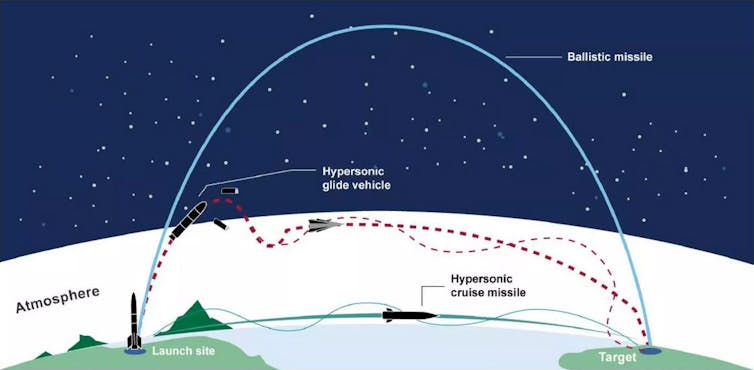Elisabeth Zimmermann
Even though the warmongers in the German government are calling for an immediate halt to the imports of Russian gas, oil and coal, the mood among the population is different. This has now been confirmed by an Allensbach Institute for Public Opinion Research survey.
In the poll, 57 percent of respondents were in favour of continuing to obtain oil and gas from Russia. Only 30 percent would support a complete energy embargo, and only 24 percent agreed with former German President Joachim Gauck’s demand to freeze “for freedom”; that is not even one in four.
The representative survey, conducted by the Allensbach Institute on behalf of the Frankfurter Allgemeine Zeitung (FAZ), was carried out between 25 March and 6 April, which interviewed a total of 1,075 people. The background to the survey is rising inflation and exploding energy prices in Germany, which affect the majority of the population and about which most expressed concerns.
Inflation had already risen sharply before the Ukraine war. The huge sums of money with which the federal government and the European Central Bank drove up stock market prices and the fortunes of the rich to dizzying heights in first two years of the pandemic have turned into inflationary tendencies.
At the same time, workers’ incomes fell, and 20 million lives were sacrificed to the pandemic worldwide. The disruption of supply chains caused by the pandemic and the sanctions against Russia have in turn greatly accelerated these inflationary tendencies, for which workers are now expected to pay.
But for working people, the experiences of the last few years have not gone by without leaving a mark in their consciousness. And while the imperialist warmongers may decide on sending more arms deliveries to Ukraine, spending billions on the Bundeswehr (Armed Forces) and demand a total energy embargo against Russia, the mood in the working class is completely different.
Not only do workers reject skyrocketing prices and the halting of gas, oil, and coal supplies, but they also resolutely oppose war and the fact that hundreds of billions of euros are being spent on military armaments and destruction while there is supposedly no money for urgent social needs.
The greatest concerns expressed are regarding the current price increases; 71 percent of respondents are very worried about this, and 62 percent worry about being able to pay their energy bills. The proportion of those who expect difficulties with their energy bills in the future has risen from 26 percent in 2019 to 86 percent.
A large majority experience the increased heating costs and higher fuel prices for petrol and diesel as a burden, with 68 percent of respondents saying that the increased prices for heating were a burden or a strong burden on them. A strong or very strong burden due to the increased fuel prices was indicated by 61 percent of car drivers and 51 percent of all respondents.
Due to the increased prices, many people have already adjusted their daily behaviours; 54 percent in relation to shopping, where they now pay more attention to prices and bought less; 47 percent are setting their home heating temperature lower; and 37 percent said they drove less to save fuel. Only 17 percent of respondents said that they had not changed their consumption behaviour at all despite inflation.
The FAZ article notes that people’s concerns were not just a reaction to reports in the media, “but also the result of daily personal experience.” In the meantime, 64 percent consider the goal of keeping energy prices low, so that electricity, petrol and heating cost as little as possible, to be particularly important. In late summer 2021, this figure was 54 percent.
The drastic price increases are hitting working people and the poorest in society particularly hard. In March, inflation in Germany climbed to 7.3 percent, with price increases particularly high for food and energy costs, often in double digits. The current level of inflation makes life unaffordable for families, pensioners, and welfare recipients, many of whom do not have sufficient money coming in to put enough food on the table every day.
High energy costs mean that low-income earners, welfare recipients, pensioners, students, and basic income recipients can no longer pay their rents and utilities and are threatened with homelessness. On average, German households spend 37 percent of their net income on housing and energy, but for those with a monthly household income below €1,300 this rises to 50 percent. For them, a further increase in prices for food, electricity, heating costs and rent is unsustainable.
For all these reasons, the voices being raised against the government’s arms spending and war policy are increasing. This is completely hidden in the media, but is clear on social media, as well as in the interviews that WSWS teams has been conducting outside factories and at shopping centres.
For example, in front of a supermarket in Munich, Yela spoke out clearly against the current rearmaments orgy: “You do not help anyone with more and more weapons,” she said. “And the population has to pay for it all.” Although she works very hard, she already “spends more than half of my salary on rent.”
Outside a BMW plant, one worker commented on the escalating military campaign against Russia: “Like twice before in history, this could lead to world war. Except now they’re risking nuclear war.” On the social media, Gerd wrote: “I find it frightening that many have learned nothing from history. The agitation against Russia is unbearable. We all know that the West is not entirely innocent of what is happening now—and supplying weapons to Ukraine will make it worse.”


